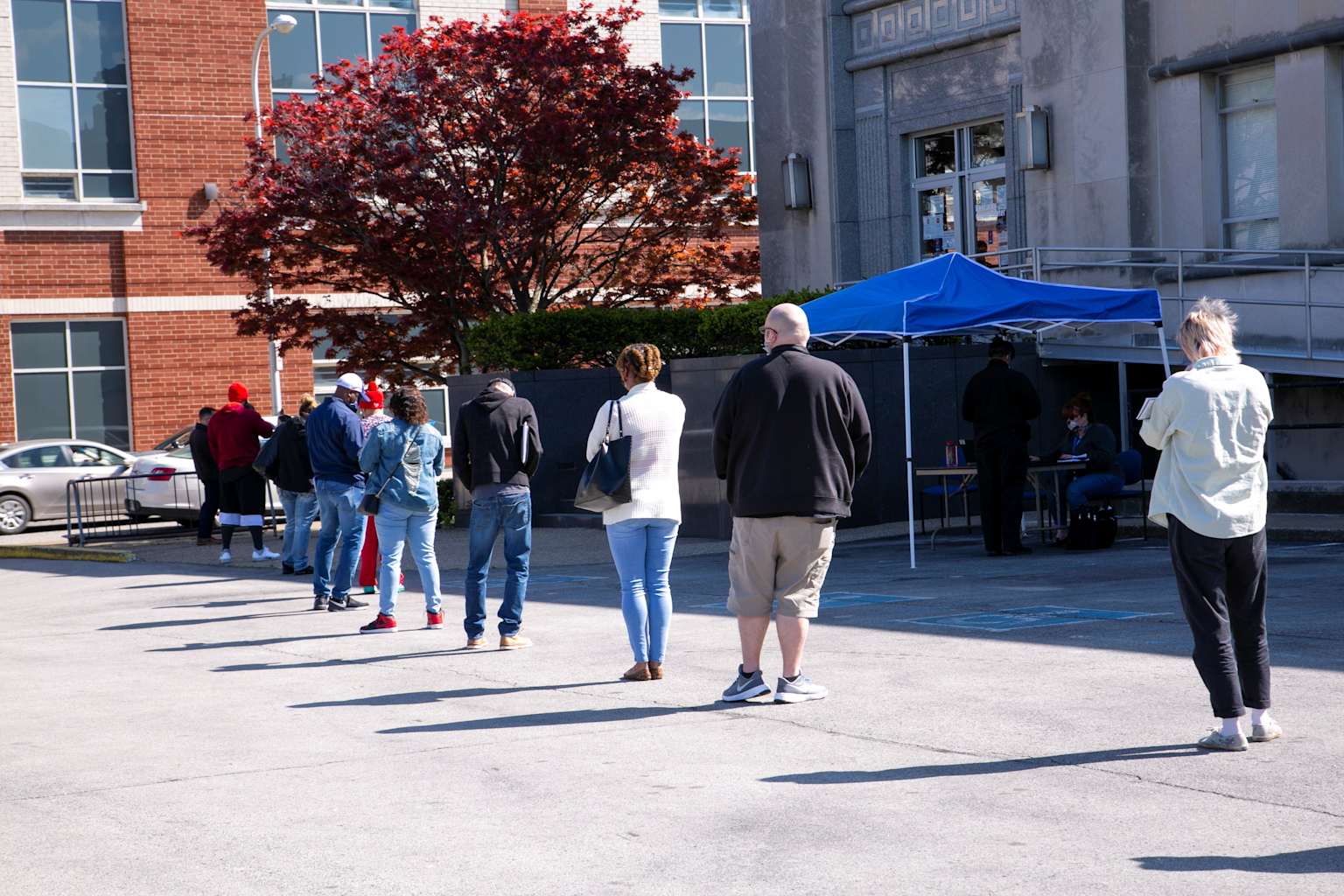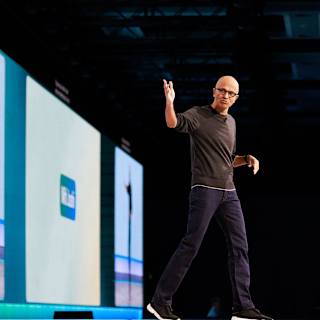- Hiring Hesitancy Drives Losses
- Small Business Struggles
- Market and Policy Implications
Private sector employment fell by 33,000 jobs in June, marking the first monthly decline in more than two years and dealing a blow to expectations that hiring would rebound after a sluggish spring, according to data released Wednesday by payroll processing firm ADP.
The decline sharply missed economists' forecasts of 95,000 to 115,000 new jobs and follows a pattern of weakening employment growth that has persisted since the robust hiring seen earlier this year. The drop represents the worst monthly performance since the pandemic recovery period and comes as the Federal Reserve weighs its next moves on interest rates.

The June losses were concentrated in professional and business services, which shed 56,000 positions, and education and health services, which lost 52,000 jobs1. However, some sectors bucked the trend, with leisure and hospitality adding 32,000 positions and manufacturing gaining an equal number.
"Though layoffs continue to be rare, a hesitancy to hire and a reluctance to replace departing workers led to job losses last month," said Nela Richardson, ADP's chief economist23. Despite the employment decline, annual pay growth held steady at 4.4 percent year-over-year, with job-switchers seeing wages rise 6.8 percent1.
The employment losses were not distributed evenly across company sizes. Small businesses with fewer than 50 employees lost 47,000 positions, while medium-sized establishments shed 15,000 jobs1. Large companies, however, added 30,000 positions, suggesting that bigger firms may be weathering economic uncertainty better than their smaller counterparts.
The ADP report, which draws from payroll data covering more than 25 million American workers, serves as a closely watched preview of the Labor Department's official employment report, scheduled for release Thursday23. Economists expect that broader measure to show 115,000 jobs added in June, with the unemployment rate potentially rising to 4.3 percent.
The weak hiring data sent U.S. two-year Treasury yields lower, as investors interpreted the employment slowdown as increasing the likelihood of Federal Reserve interest rate cuts1. The report adds to mounting evidence that the labor market is cooling after months of resilient job growth.
According to CNN, the losses reflect "stalled hiring plans" rather than widespread layoffs, suggesting companies are taking a wait-and-see approach amid economic uncertainty2. The data comes as policymakers and market participants closely monitor employment trends for signs of broader economic weakness.
"Still, the slowdown in hiring has yet to disrupt pay growth," Richardson noted, highlighting the tension between cooling job creation and sustained wage increases3.



